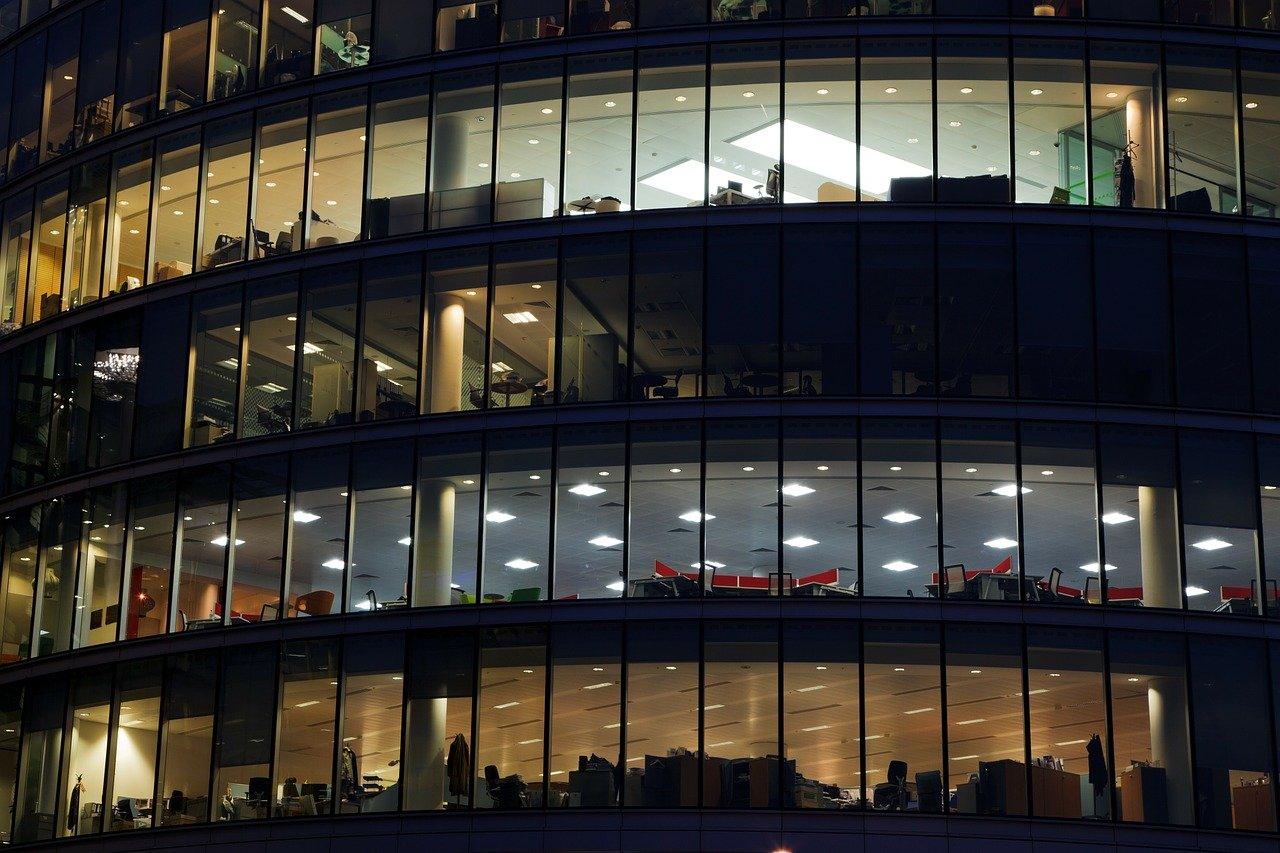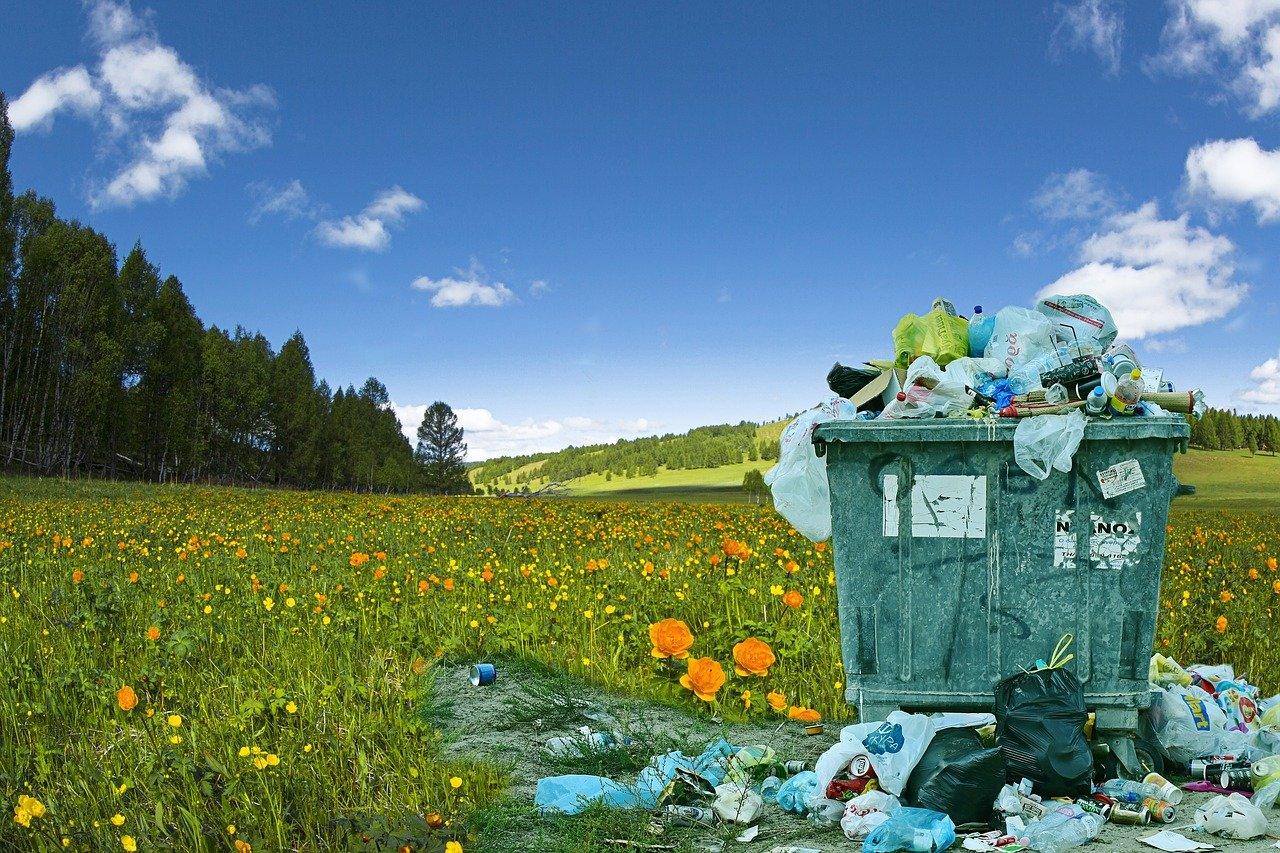40% OFF ALL LEED EXAM PREP PRODUCTS! | PASS YOUR EXAM CONFIDENTLY, ON YOUR FIRST TRY!
40% OFF ALL LEED EXAM PREP PRODUCTS! | PASS YOUR EXAM CONFIDENTLY, ON YOUR FIRST TRY!
Add description, images, menus and links to your mega menu
A column with no settings can be used as a spacer
Link to your collections, sales and even external links
Add up to five columns
Add description, images, menus and links to your mega menu
A column with no settings can be used as a spacer
Link to your collections, sales and even external links
Add up to five columns
LEED Guidance to Address COVID-19 and Support Buildings
3 min read

The outbreak of COVID-19 has caused a significant level of health crisis around the world. It has brought a lot of alterations to the business as usual. Every sector, including the building and construction industry, is weighing up innovative approaches to cope with the pandemic.
The world is gradually trying to enter to the recovery stage. With the relaxation of lockdown and re-entry into workplaces, there is a need to take precautions now more than ever before.
As a body that is concerned with health and environmental safety, LEED is offering its guidance to address COVID-19 and support buildings. LEED, as a third-party verification system, offers helpful guidance on best practices and safety with commercial buildings as the pandemic tension relaxes.
Consequently, the U.S. Green Building Council (USGBC), together with other appropriate bodies has rolled out four new safety-first pilot credits in response to, and as guidance against the prevalence of the COVID-19 pandemic.
These four safety credits are part of USGBC’s economic and safety recovery strategies. They primarily focus on sustainable solutions to rebuild the economy while making the health safety of individuals and economic recovery their priorities.
LEED’s Guidance on Reopening Strategies
This guidance on reopening strategy comes in the form of USGBC’s four safety pilot credits to combat the prevalence and mitigate the impact of the COVID-19 pandemic. These pilot credits include;- Cleaning and Disinfecting Your Space: As it stands, there are no proven remedies, drugs, or cure for the COVID-19 virus. However, the maintenance of proper personal hygiene and a healthy environment has proven to be an effective approach. All disinfectants and cleaning processes that meet health safety standards are effective for combating the COVID-19. It is, however, essential to use cleaning practices that follow the green environment policy and meets the standard of the Center for Disease Control (CDC) and the Environmental Protection Agency (EPA) in relation to COVID-19.
- Re-enter Your Workspace: Most parts of the world are deep into their recovery phase. Therefore, there is a need to ensure safe re-entry into the workplace and other public spaces. Aside from aligning the re-occupancy assessment of the American Institute of Architects (AIA), the workplace must also focus on some primary standards and procedures. These procedures include; social distancing, building or workplace preparation, communication, touchpoint reduction, green cleaning, access control, and workforce preparation.
- Building Water System Recommissioning: As part of the safety practices, this guidance focuses on limiting the exposure of individuals to degraded water quality. The building and business closure over the past few weeks must have resulted in low water usage. Therefore, there is a high probability of an increase in water stagnancy; thus, raising questions about water safety. Thus, part of the safety plan includes proper water management. The practical steps include addressing water quality from the community water supply, assessing water quality inside buildings, and maintenance and building of water systems.
- Managing Indoor Air Quality during COVID-19: Since the COVID-19 outbreak, most individuals are forced to spend most of their day indoors. Therefore, there is a need to focus on indoor qualities, particularly air quality. This safety plan builds on the existing indoor air requirements in LEED. It involves the temporary adjustment of the building's ventilation system to mitigate the spread of the COVID-19 virus while still ensuring adequate air circulation. Other evaluations include physical distancing, air filtration, and following other health safety recommendations.
Also in Projectific Blog

What Changes In LEED v5 & When Will The LEED Exams Will Be Based On LEED v5?
2 min read
As building professionals prepare for this significant update, two critical questions arise: what are the major changes in LEED v5, and when will the LEED credential exams transition to the new version?

How LEED Handles Recyclables With The Storage And Collection Of Recyclables Prerequisite
2 min read

LEED Heat Island Reduction Credit Explained
2 min read

